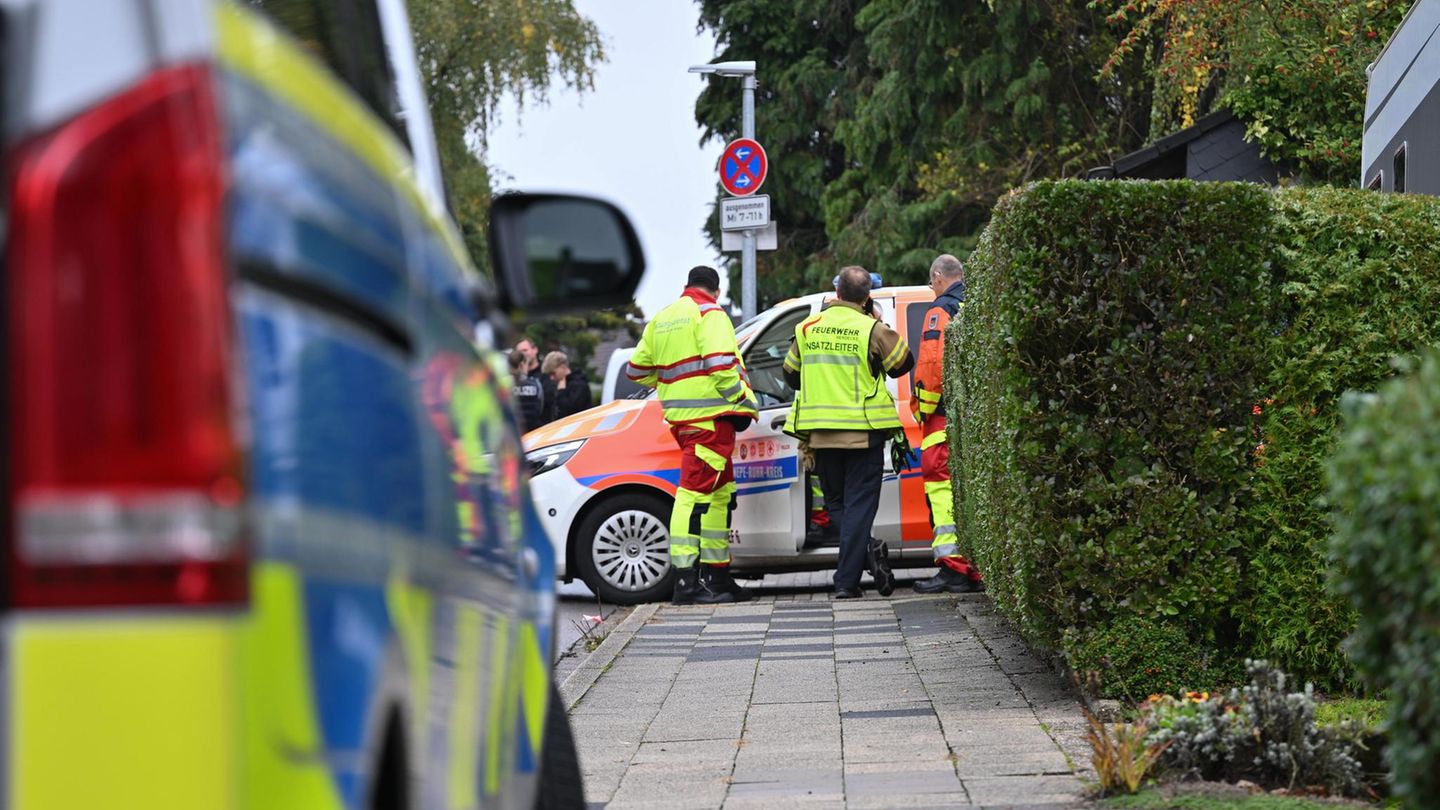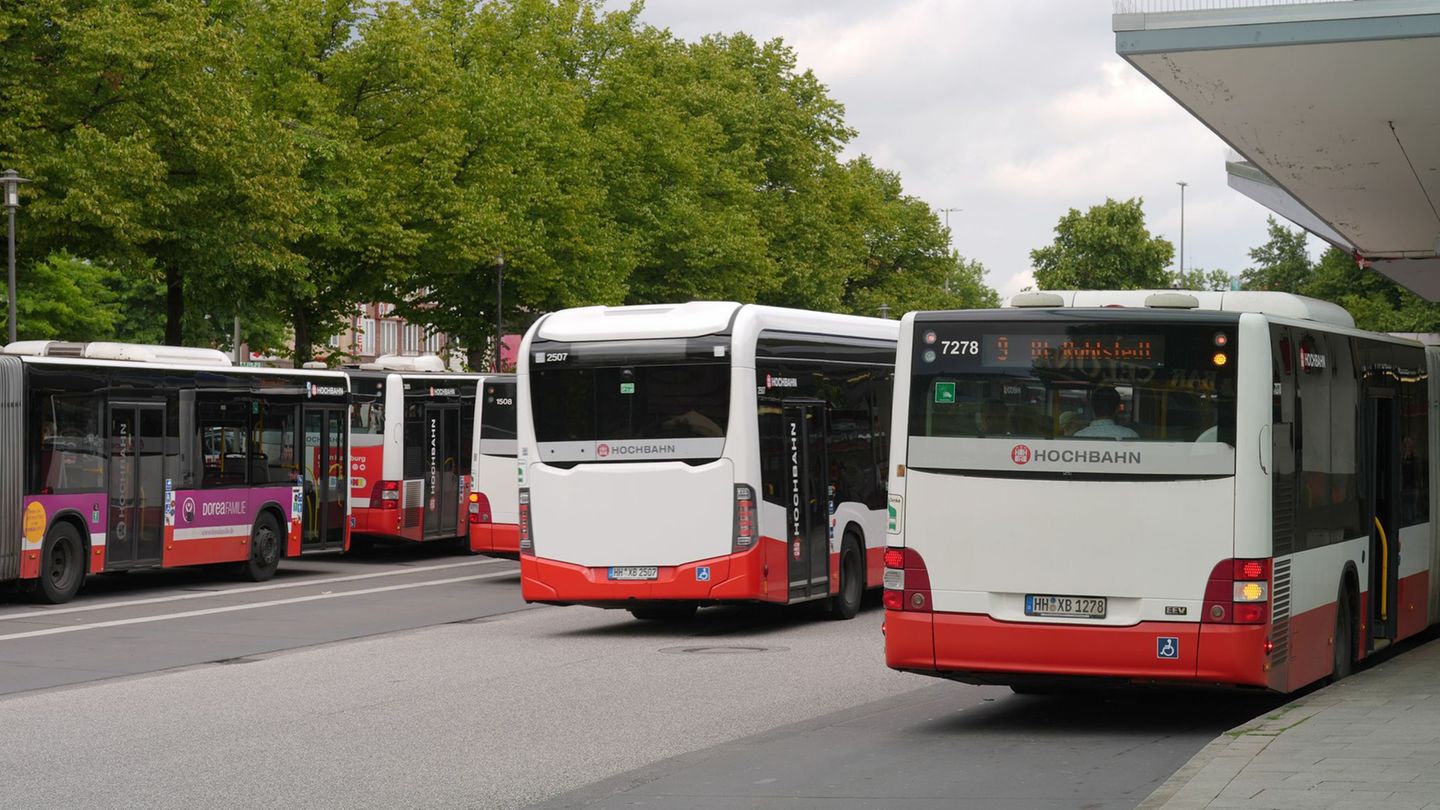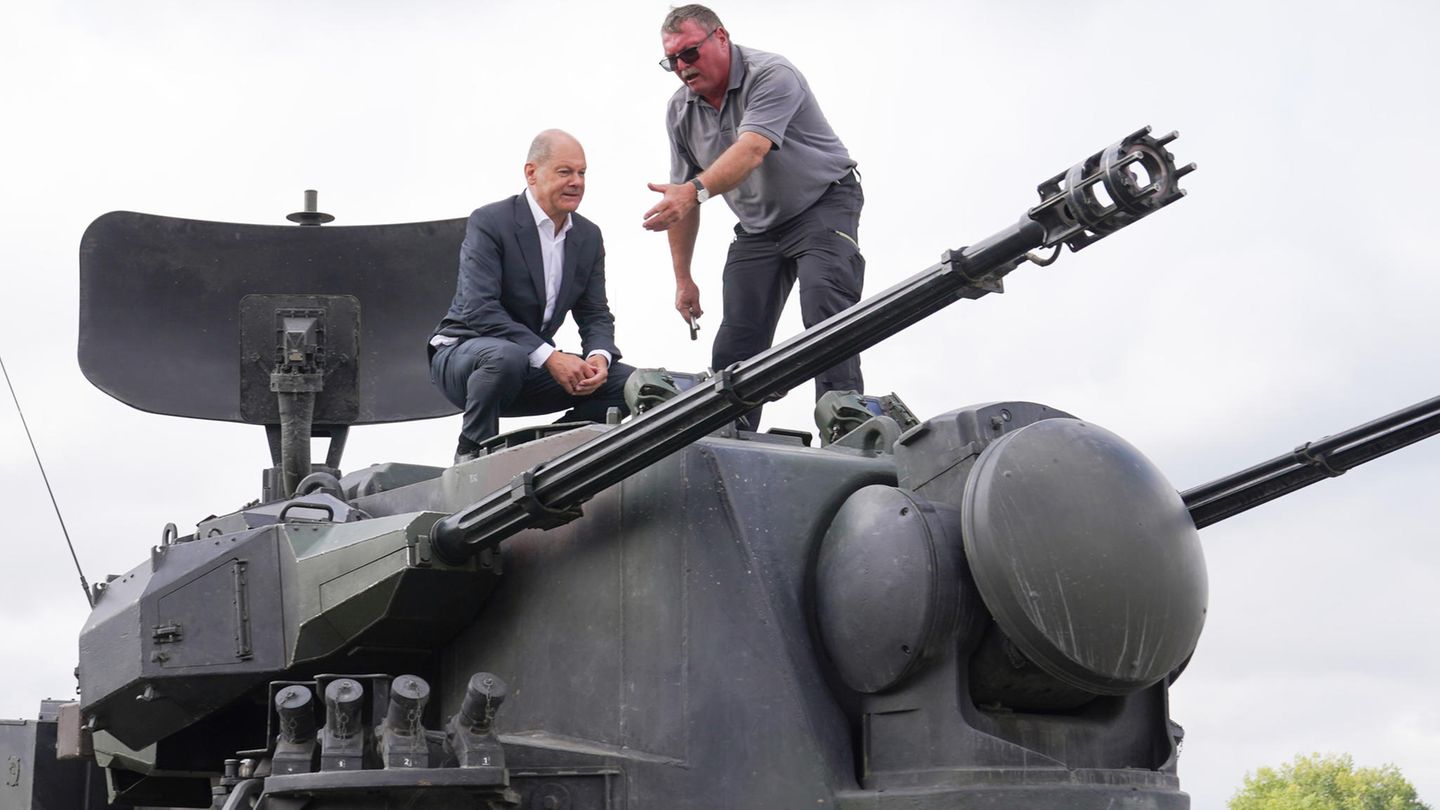David William is a talented author who has made a name for himself in the world of writing. He is a professional author who writes on a wide range of topics, from general interest to opinion news. David is currently working as a writer at 24 hours worlds where he brings his unique perspective and in-depth research to his articles, making them both informative and engaging.
Menu
Olaf Scholz: Chancellor visits training of Ukrainian soldiers on the “cheetah”
Categories
Most Read
Environmental degradation: Ukraine war heats the climate crisis-237 million tons of CO2
October 8, 2025
No Comments
France before a decision: Government crisis in France – Prime Minister struggles for compromise
October 8, 2025
No Comments
Donald Trump’s week of truth. The situation in the morning
October 8, 2025
No Comments
At least he talks: Why Friedrich Merz deserves grace
October 8, 2025
No Comments
The situation at an overview: Middle East talks: Hamas and Israel “insist on positions”
October 8, 2025
No Comments
Latest Posts

Herdecke residents about the knife attack on Iris Stalzer: “Are shocked”
October 8, 2025
No Comments
IvanI have been working in the news industry for over 6 years, first as a reporter and now as an editor. I have covered politics

Public transport: fewer passengers in local transport than before Corona
October 8, 2025
No Comments
AngelicaI am an author and journalist who has written for 24 Hours World. I specialize in covering the economy and write about topics such as

Record: Gold price rises higher than ever before
October 8, 2025
No Comments
AngelicaI am an author and journalist who has written for 24 Hours World. I specialize in covering the economy and write about topics such as
24 Hours Worlds is a comprehensive source of instant world current affairs, offering up-to-the-minute coverage of breaking news and events from around the globe. With a team of experienced journalists and experts on hand 24/7.

